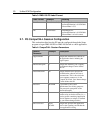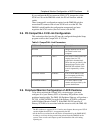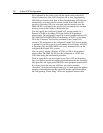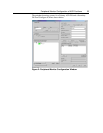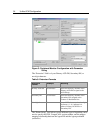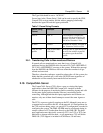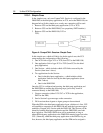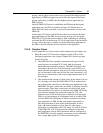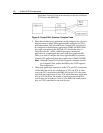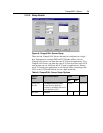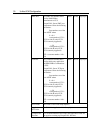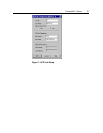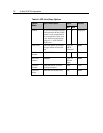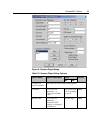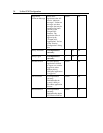
28 Unified ICM Configuration
28
application if desired. Each such connection would use a different
X.25 Link to the DMS-100).
Figure 5: CompuCALL Session: Complex Case
2. More than one third-party application can be configured for a Session.
Each must have a unique ProxyApplicationID configured in CCS to
differentiate them. The ServiceID in the CompuCALL session has to
be configured in the third-party application or DMS-100 PIM. When
they make connections to the CCS, the CCS checks the value of
ServerID in the DV_APPL_LOGON message to identify the
application by comparing the ServiceID with ProxyApplicationID.
There is no need to configure the ProxyApplicationID for a primary
CompuCALL application (third-party application or DMS-100 PIM).
Note:
Although CompuCALL protocol supports a multiple sessions
per Compucall Link, neither the PIM nor the CCSG supports
this configuration.
3. Third-party application connections to the CCS, and CCS connections
to the DMS-100 can be any combination of X.25 and TCP. In other
words, the CCS connection to the DMS-100 can be X.25 at the same
time third-party application #1 uses TCP, while third-party application
#2 uses X.25. However, the number of connections must match for
each Session (as described in 1 above). The DMS-100 switch permits
only one TCP connection for the same Session.



